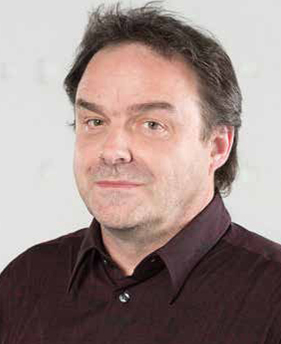Microenvironmental regulation of muscle homeostasis and its role in musculoskeletal diseases
Prof. Dr. Gerhard Sengle
University Hospital for Pediatrics and Adolescent Medicine
Faculty of Medicine, University of Cologne
Joseph-Stelzmann-Str. 52, 50931 Cologne

Prof. Dr. Matthias Hammerschmidt
Institute of Zoology - Developmental Biology, Biocenter Cologne
University of Cologne
Zülpicher Str. 47b, 50674 Cologne
Summary
Tissue microenvironments formed by extracellular matrix networks play an important role in regulating tissue structure and function. Extracellular microfibrillar networks (EMFN) involving fibrillins (fibrillin-1 and -2), and hemicentins (hemicentin-1 and -2) are of particular interest in this regard since they surround cells in close proximity to basement membranes, thereby guiding proper morphology and functional behavior of specialized cell types. Hemicentins belong to the fibulin family of secreted glycoproteins, where the best characterized members (fibulin-2, -4, and -5) are targeted to fibrillins.
Combined loss of hemicentin-1 and -2 function in zebrafish embryos leads to muscle dystrophy very similar to the defects of zebrafish mutants lacking fibrillin-2, implying a common underlying genetic pathway. As fibrillins and hemicentins show overlapping expression and localization patterns, our hypothesis is that EMFN composed of fibrillins and hemicentins function in concert to control muscle, cartilage, and bone homeostasis and / or regeneration.
We therefore want to investigate how the two networks interact with each other and with (other) basement membrane and cell surface components, and whether they serve as structural platform for the concentration and presentation of connective tissue growth factors.